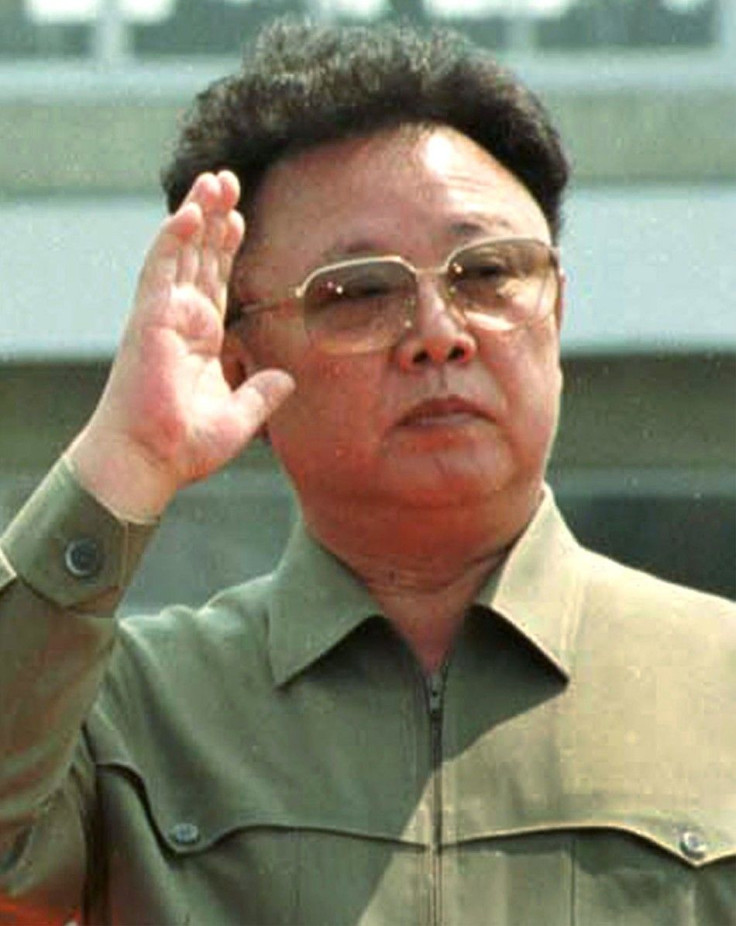Kim Jong-il Ordered Production Of Nuclear Weapons: Report

Late North Korean leader Kim Jong-il had ordered the production of enriched uranium and plutonium nuclear weapons during his reign, reported the Japanese media, citing internal documents of the North Korean regime.
The ruling Workers' Party of Korea (WPK) produced the in-house documents, reportedly an educational tool for party's midlevel career officers in February this year, following the death of Kim Jong-il in December.
Last month, Pyongyang dismissed reports of its plans to conduct a third nuclear test and lashed out at South Korea for trying to rattle the nerves of the DPRK (North Korea) in a bid to cause it to conduct a nuclear test.
The documents disprove Pyongyang's argument that enrichment activities were to manufacture nuclear fuel for peaceful purposes, Japan's Mainichi Shimbun and Tokyo Shimbun reported.
The documents emphasize it is natural for Pyongyang to use plutonium and enriched uranium to produce nuclear arms, Mainichi Shimbun reported, adding that Kim Jong-il gave specific instructions to mass-produce nuclear weapons by enriching uranium using a lightweight centrifuge.
North was not waiting for a time to use its uranium enrichment technology for civilian and industrial purposes, the report said citing the late North Korean leader.
This was the first time explicit instructions from Kim Jong-il on production of nuclear bombs had come to light, said the Tokyo Shimbun.
An analysis of the satellite imagery of North's nuclear test site, published mid-May by the U.S.-based research institute 38 North, appeared to show the construction of a nuclear reactor that could be used to revive the country's nuclear weapons program.
The analysis of the satellite imagery, captured April 30, showed that Pyongyang had resumed work on its new experimental light water reactor (ELWR), which the DPRK said was intended to meet domestic energy needs, but was also an important component in its effort to build nuclear weapons.
South Korean intelligence, in a report early April, said that the North was digging a new tunnel at the Punggye-ri nuclear site, which was interpreted as a sign of a covert nuclear weapons program.
Pyongyang dismissed widespread speculation that North Korea was nearing completion of preparations to test a nuclear device for the third time, after two failed attempts in 2006 and 2009, in a statement released June 10.
© Copyright IBTimes 2025. All rights reserved.





















